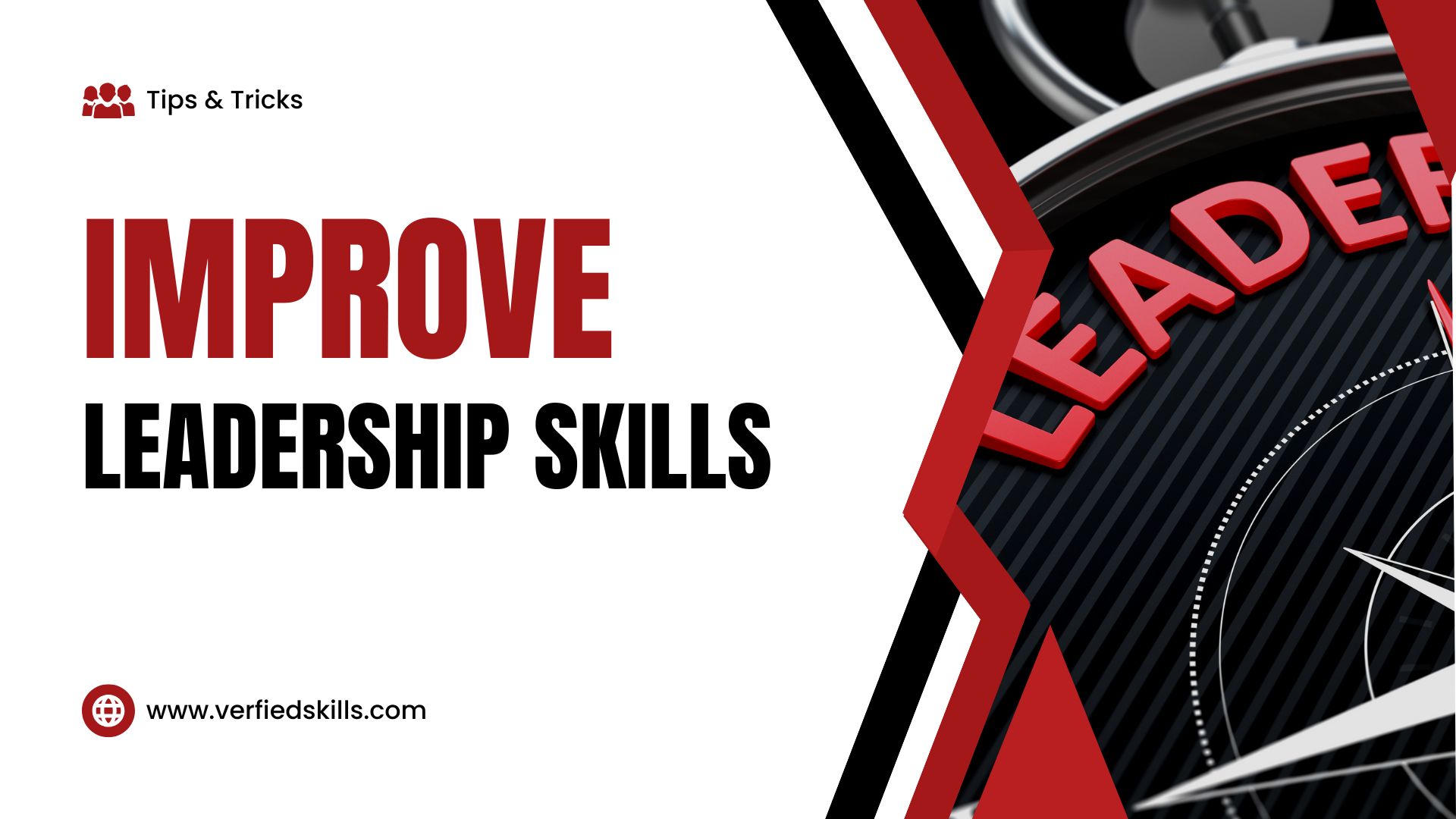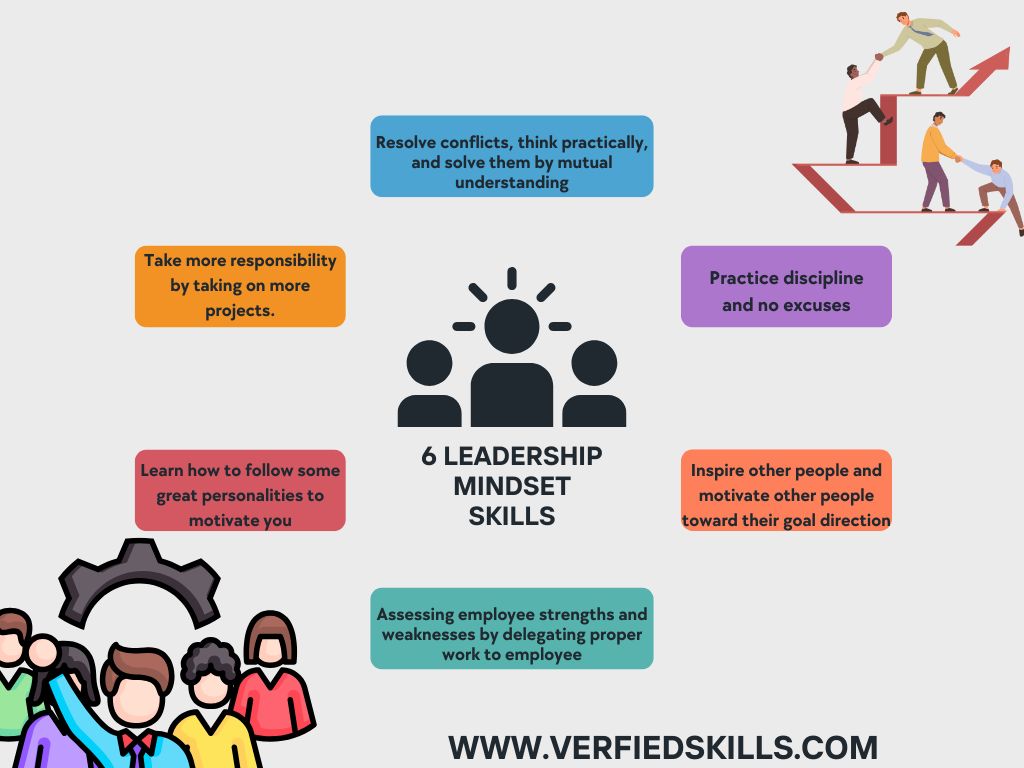Leadership Skills: The Key to Effective Management and Team Success
Leadership encompasses complexity and variety within the different attributes, behaviors, and styles of a person. It is not simply about having a title, but, rather, about being able to motivate and lead individuals or groups to achieve a defined objective. Today effective leadership has been established as one of the key areas critical to the achievement of organizational goals. This paper attempts to analyze the key managerial competencies needed for effective management and discuss their importance, features, targeting how they are developed and utilized in practice.

Leadership Development
Table of Contents
1. **The Concept of Leadership**
The Process of Leadership
The Importance of Leadership
Leadership Perspectives in Time
2. **Leadership Instrumentation**
Communication
Emotional Intelligence
Making Decisions
Solving Problems
Delegating Tasks
Resolving Conflicts
Having Vision and Strategic Thinking
3. **Leadership Styles**
Autocratic Leadership
Democratic Leadership
Transformational Leadership
Transactional Leadership
Servant Leadership
Situational Leadership.
4. **Acquiring Leadership**
Self-Assessment
Education and Training
Coaching and Mentoring
Gaining Experience
5. **Leadership Constraints**
Emotionally Handing Change
Managing Multicultural Teams
Leading in an Ethical Manner
6. **Conclusion**
– What’s Next For Leadership
—
1. The Concept of Leadership
The Process of Leadership
Leadership is defined as an act of interaction with the aim of directing and steering those individuals or groups towards accomplishing a certain shared goal. It encapsulates interpersonal skills, strategic vision, and influence to stimulate and mobilize people. Such great leaders earn trust and respect, and create a favorable atmosphere that enhances efficiency and teamwork.### Meaning of leadership’s importance
One of the important aspects of any organization is that of leadership. It cultivates performance, it encourages innovation, and it establishes accountability. Leaders have a central task of outlining the objectives and scope of the teams in a manner that is consistent with the strategies of the organization. Further, good leadership contributes to the improvement of the employee’s confidence and job satisfaction, whilst also reducing the attrition levels.
Development of leadership over the ages
Leadership has changed from the time that it was first created. The likes of Alexander the Great and Julius Caesar in ancient times had a command authority style of leadership as they relied on loyalty and respect to their subjects. Whereas the newer leadership theories focus on integration, emotions and organizational adjustment mechanisms, which are characteristic of modern leadership.
2 The core activities of a leader
Communication
All leaders will be heard and read on a particular vision and this vision should influence people to work in achieving it. Communication does not only refer to speaking and writing but also to listening. A leader should be capable of speaking in order to bring their ideas to the teams while also being open to the team’s ideas on certain matters.
Important Forms of Communication include:
**Clarity:** Messages should not be complicated or more complex than has been intended for them to be.
**Active Listening:** Wherein an individual communicates with other individuals with the aim of ascertaining what they want or what they seek.
**Non-Verbal Communication:** This entails all the body movements, tone of voice, expressions on the face among other things.
Disorders and Emotions
Emotional intelligence (EI) is an ability to perceive and regulate emotions of oneself as well as that of others. Those leaders who possess higher EI can build effective relationships, handle social situations and make decisions based on emotional considerations.
Understandings of Intelligence
Self-awareness is the knowledge of who you are, your own emotions and how they affect other people Self-regulation is the control of emotions in effective and constructive ways Empathy is perception and understanding of one’s feelings and emotions.
Critical Leadership Skills
Decision-making is portrayed as an intrinsic leadership quality that necessitates assessing various options, determining the associated risk, and selecting an appropriate line of action. Leaders have to think analytically and project confidence in making decisions in time when they are pressed for time.
Effective Course of Action:
Danish designed a comprehensive program to enhance professional decision-making including: (1) Data. employment – where data is used to support ideas and course-off actions; (2) Deming – where partisan perspective is accumulated through discussion; and (3) Decisiveness – generated confidence , timing and guts to make a tough choice
Problem-Solving Model
It is evident that leaders regularly encounter problems and challenges which necessitate resolution in an innovative manner. This means great leaders are able to recognize these problems, question any potential roots, and formulate the most suitable means to do so.
Task One:
Problem solving steps are as follows; the first step involves recognizing the problem, then accurately stating the problem followed by understanding the context of the problem. Second step entails how to actually solve these problems by generating new ideas.
3. **Evaluating Options:** Measuring the viability and influence of the proposed solution
Delegation
Delegation is necessary to enable team members and to make the most of productivity. They chance to do more depends on knowing the leaders’ weaknesses and strength that necessitate distribution of roles.
Benefits of Delegation:
**Empowerment:** Motivation towards one’s team members to be proactive.
**Skill Development:** Allowing for provision of chances for growth in team members.
**Decision Making:** Concentrating on aspects that are of upper management level.
Any disputes prevailing in the teams as Conflict and Conflict Management
Disagreement or conflict is something that every team will encounter in their environment and leaders who wish to excel have to learn how to become conflict managers who will be able to help in settling disagreements in a proper manner and eliminate any toxic behavior towards teammates.
Conflict Resolution Strategies:
**Open Communication:** Bringing in opposing views and gives understanding to them.
**Finding Common Ground:** Listening and appreciating the perspectives of others.
**Mediation:** Going in between the conflicting parties in order to find a solution.
Vision and Strategic Thinking
Having Envisioned goals is one of the foremost things every leader should have; this goes hand in hand with motivating teams while steering the organization in the right direction. To do this leaders also need to utilize their tactical thinking so as to ensure that the envisioned goals are in tandem with the organization’s goals and this is communicated to their teams.
Key Aspects of Strategic Thinking:
**Long-Term Planning:** “What will the world look like in ten years’ time?
**Setting Goals:** Basic and realistic targets should also be set.
**Monitoring Progress:** Periodic review of the achievement of goals.
3. Leadership Styles
Autocratic Leadership
In an autocratic style of leadership, all the decisions are made by the leader independently and often times, no advice is sought from other members of the team. While this approach can make a decision fast and easy, it may also kill the team’s creative spirit and appetite.
Democratic Leadership
Democratic leaders give members of the team the opportunity to participate in the decision-making process. Such a disposition will encourage teamwork and may improve job satisfaction as well as job creativity.
Transformational Leadership
Transformational leaders are able to get their teams to perform in ways that is usually beyond expectations. They articulate a vision and instill a culture that allows innovation and advancement to be embraced by team members.
Transactional Leadership
A transactional leader maintains the existing structure and utilizes reward and punishment approach to management of tasks. This type of leadership can be useful in certain environments that are organized and structured, but it may not be the type of leadership that seeks creativity or inspires growth.
Servant Leadership
Servant leaders listen and make their team members the focus of attention in order to create an encouraging and cooperative environment. The approach is characterized by focus on influence, empowerment and development of others.
Situational Leadership
There are several definitions for situational leadership in which leaders who are effective adapt their behavior to fit the context and needs of the team. This is an advantage that allows leaders to be more effective in different contexts.
4. Expanding One’s Leadership Skills
Education and Self-Assessment
As any self-development process, an expansion of one’s leadership skills starts with self-assessment. Each leader should examine himself or herself for potential strengths or fault lines, and ask for their peers and mentors feedback regarding any thoughts that may have been missed.
Scanning and Assessment Processes in Organizations PDF
For those aspiring to be leaders, taking part in leadership training programs, workshops or formal education would also provide useful knowledge and skills. It is worth noting that there is a need for the organizations to focus on leadership development interventions in order to have a rich reservoir of leaders within the organization.
Self-Assessment
Mentorship relationships can provide guidance, support, as well as tips from more seasoned leaders. Self-coaching can assist in the refinement of particular dimensions of leadership skills, and strategies for the leadership journey ahead.

Orientation and Self-Assessment
Practically speaking, self-imposed challenges are salient in developing leadership skills. There are many opportunities to improve practical leadership skills such as leading projects/teams or cross-functional initiatives within an organization.
5. Barriers to Leadership Effectiveness
Time and Management
Today, change is the only sustainable constant in the organizations. This means that whenever there is change to be instituted, effective leaders must be able to ensure that all the members of their teams are taken on the journey of change through addressing fears and ensuring that there is resilience among the teams. This is something that is demanding as it requires perfect understanding of people and their emotions.
Time and Management
Interestingly, workplace diversity is only able to be an advantage and foster innovation when all the employees are willing to go the extra mile to respect and understand all the diverse opinions. In other words, it can also have its own challenges such as the requirement of strong leadership in handling a diversified team.
Ethical Leadership
Leaders who are bound by ethics and have credibility acquire the trust of followers effectively. They should always lead by example and make decisions that are in the best interest of the organization or business entities and its constituents.
6. Conclusion
Leadership is an indispensable and paramount feature of organizations. Leaders can achieve greatness by developing the key leadership skills of communication, emotional intelligence, appropriate decision-making, and conflict management. These allow leaders to harness the potential of their teams effectively. The most important skill is understanding and switching between the right styles of leadership according to the needs of the situation at hand.
As organizations develop further, the needs for principled innovative transformational leaders will be on the rise. Leaders’ skills can be built by practicing different approaches as well as through structured leadership programs focusing specifically on the transformational aspects of the future-oriented leader.
2 thoughts on “7 Essential Leadership Skills: What Makes a Great Leader?”